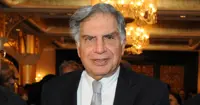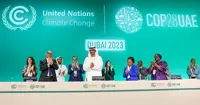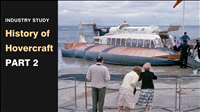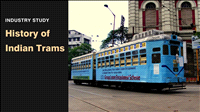Literature Nobel goes to Swedish poet Tomas Transtromer
07 Oct 2011
 Tomas Transtromer, 80, a Swedish poet whose sometimes bleak but graceful work explores themes of isolation, emotion and identity, won the 2011 Nobel Prize for Literature.
Tomas Transtromer, 80, a Swedish poet whose sometimes bleak but graceful work explores themes of isolation, emotion and identity, won the 2011 Nobel Prize for Literature.
"Through his condensed, translucent images, he gives us fresh access to reality," the Swedish Academy said while announcing the award in Stockholm.
Transtromer has written more than 15 collections of poetry, many of which have been translated into English and 60 other languages.
Transtromer's poems have been praised for their accessibility - that the elegant descriptions of long Swedish winters, the rhythm of the seasons and the palpable, atmospheric beauty of nature are very much alive even in translations.
Tomas Tranströmer was born in Stockholm on 15 April 1931. His mother Helmy was a schoolteacher and his father Gösta Tranströmer a journalist. After graduating in 1950 from Södra Latin grammar school he studied literature history and poetics, the history of religion, and psychology at Stockholm University.
After his academic studies in 1956, he was employed as an assistant at the Institution for Psychometrics at Stockholm University in 1957.
He married Monica Bladh in the following year. Between 1960 and 1966, he worked as a psychologist at Roxtuna, a youth correctional facility near Linköping.
In 1980 he took a position at the Labour Market Institute (Arbetsmarknadsinstitutet) in Västerås. In 1990 Tranströmer suffered a stroke that left him largely unable to speak.
After publishing poems in a number of journals, Tranströmer published in 1954 `17 dikter' (17 poems) - one of the most acclaimed literary debuts of the decade. He followed this up with Hemligheter på vägen (1958; Secrets along the way), Den halvfärdiga himlen (1962; The Half-Finished Heaven, 2001) and Klanger och spår (1966; see Windows & Stones : Selected Poems, 1972).
He consolidated his standing among critics and other readers as one of the leading poets of his generation.
A suite, Östersjöar (1974; Baltics, 1975), gathers fragments of a family chronicle from Runmarö Island in the Stockholm archipelago, where his maternal grandfather was a pilot and where Tranströmer has spent many summers since boyhood. His reminiscences from growing up in the 1930s and '40s are collected in a memoir, Minnena ser mig (1993; see: Memories look at me in New Collected Poems, 1997).
Most of Tranströmer's poetry collections are characterised by economy, concreteness and poignant metaphors. In his latest collections, Sorgegondolen (1996; The Sorrow Gondola, 1997) and Den stora gåtan (2004; The Great Enigma, 2006), Tranströmer has shifted towards an even smaller format and a higher degree of concentration.
Tranströmer was introduced in the United States by author Robert Bly as early as the 1960s. Since then, international interest in his poetry has grown and he has now been translated into more than sixty languages.
Tranströmer has periodically published his own translations of poetry in other languages. A collection, entitled Tolkningar (Interpretations), was published in 1999.
His poetry collections in Swedish include:
17 dikter. - Stockholm : Bonnier, 1954
Hemligheter på vägen. - Stockholm : Bonnier, 1958
Den halvfärdiga himlen. - Stockholm : Bonnier, 1962
Klanger och spår. - Stockholm : Bonnier, 1966
Mörkerseende. - Göteborg : Författarförlaget, 1970
Stigar / Tomas Tranströmer, Robert Bly, János Pilinszky ; övers. av Tomas Tranströmer tillsammans med Géza Thinsz. - Göteborg : Författarförlaget, 1973
Östersjöar. - Stockholm : Bonnier, 1974
Sanningsbarriären. - Stockholm : Bonnier, 1978
Det vilda torget. - Stockholm : Bonnier, 1983
The Blue House = Det blå huset / translated from the Swedish by Göran Malmqvist. - Houston, TX. : Thunder City Press, 1987

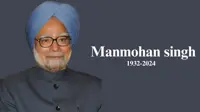
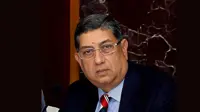




.webp)

